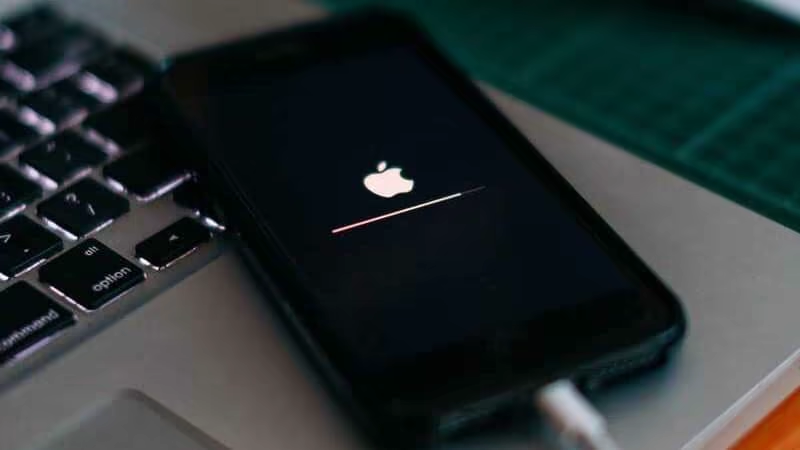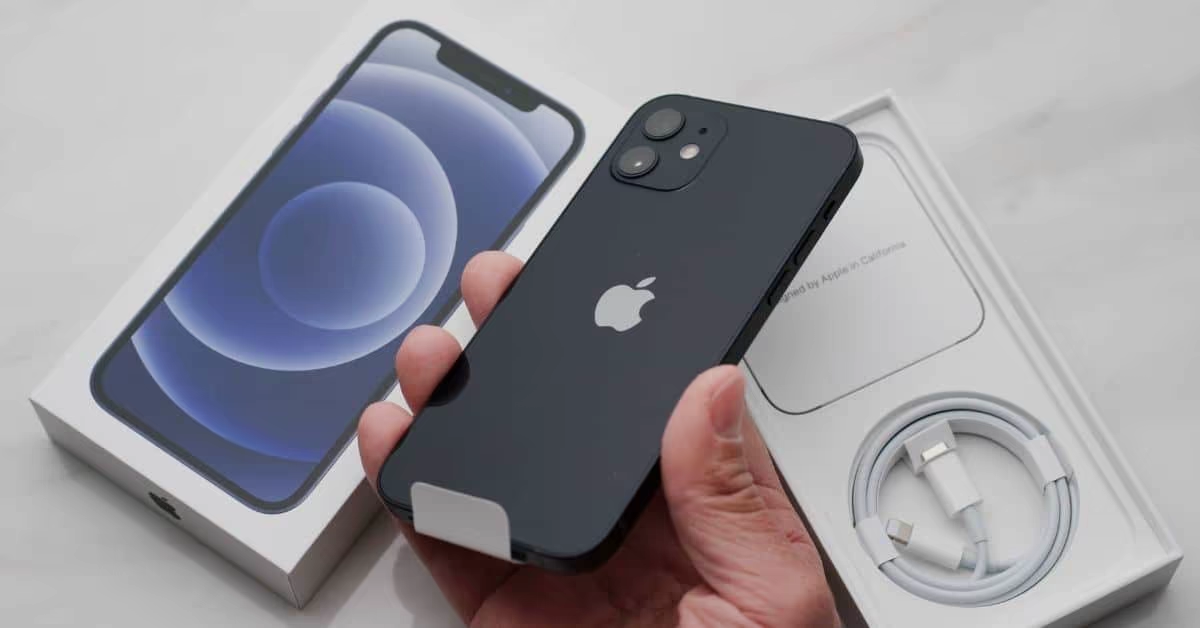iPhone Accessibility features include VoiceOver, Zoom, and the Magnifier feature. Siri allows users to perform tasks hands-free using voice commands, while Dictation lets them speak instead of typing. They also include AssistiveTouch, which offers a virtual on-screen button for people with physical disabilities. Closed Captions is for people with hearing impairments, and Guided Access helps individuals with attention and sensory challenges stay focused on a task.
iPhone accessibility options are also available on other Apple devices such as iPads, Macs, and Apple Watch.
What Types of Disabilities Do iPhone Accessibility Features Accommodate?
- Visual Impairments: iPhone features such as VoiceOver, Zoom, and Magnifier help individuals with visual impairments such as low vision navigate their devices by making text and images more visible or audible.
- Hearing Impairments: Closed Captions and Visual Alerts are features designed to provide hearing aids. Closed Captions provide subtitles for video content, while Visual Alerts use flashing lights to notify users of incoming calls and notifications.
- Motor Disabilities: AssistiveTouch is an iPhone feature that provides a virtual on-screen button to help individuals with motor disabilities perform tasks without using physical buttons.
- Cognitive and Learning Disabilities: Guided Access is an iPhone feature that limits users to a single app. It helps individuals with attention and sensory challenges to stay focused on a task. Siri and Dictation are also helpful features for individuals with cognitive and learning disabilities.
How Do iPhone Accessibility Features Work?
Apple provides alternative ways for users to interact with their devices, making it more accessible for people with different abilities.
VoiceOver:
This feature uses text-to-speech technology to read aloud the content on the iPhone screen. Users navigate the device using touch gestures, such as swiping and tapping, while VoiceOver provides audible feedback. To turn on VoiceOver, triple-click the side button (on an iPhone with Face ID) or triple-click the Home button.
Zoom:
Zoom allows users to magnify the screen by double-tapping with three fingers. They drag their fingers to move around the screen and pinch to adjust the zoom level.
Magnifier:
This feature uses the iPhone camera as a magnifying glass. Users activate the Magnifier from the Control Center or by triple-clicking the side button. They use the camera to zoom in on text or objects, adjust the brightness and contrast, and freeze the image.
Siri:
Users activate Siri by saying “Hey Siri” or pressing and holding the Home or Side button. They give voice commands to perform a variety of tasks, such as making a phone call, sending a text message, or setting a reminder.
Dictation:
Users activate Dictation from the keyboard by tapping the microphone button. They speak instead of typing to input text into any app.
AssistiveTouch:
AssistiveTouch provides a virtual on-screen button that users customize to perform a range of actions, such as accessing the home screen, opening the notification center, or even taking a screenshot.
Closed Captions:
Users turn on Closed Captions in the Video app or other apps that support it. Captions are displayed on the screen, making it easier for individuals with hearing impairments to follow the video content.
Guided Access:
Users activate Guided Access by triple-clicking the Home or Side button. They limit the device to a single app and restrict certain features, such as touch gestures or the keyboard, to help individuals with attention and sensory challenges stay focused on a task.
Voice Control:
Voice Control is an accessibility feature on the iPhone that allows users to control their device entirely by voice commands.
Display and Text Size:
If you have color blindness or other vision challenges, customize the display settings to make the screen easier to see with bold text or larger text sizes. It is also possible to invert colors, increase contrast, reduce transparency, or apply color filters to adapt your screen.
Some of the features are only available for iOS 16 and the following.

How Do iPhone Users Enable and Customize Accessibility Features?
iPhone users enable and customize accessibility features in the Settings app. These features are designed to be flexible and customizable, so users adjust them to their individual needs and preferences.
- Open the Settings app on the iPhone.
- Scroll down and tap on “Accessibility” to open accessibility settings.
- Choose any of the following features:
Vision-related features:
- VoiceOver
- Zoom
- Display & text size
- Motion
- Spoken content
- Audio descriptions
Physical and motor-related features:
- AssistiveTouch
- Touch accommodations
- Back tap
- Reachability
- Call audio routing
- Vibration
- Face ID and attention
- Switch Control
- Voice Control
- Side or Home button
- Pointer control
- Apple Watch Mirroring
- Apple TV remote
- Keyboards
- AirPods
Hearing-related features:
- Hearing devices
- Live Listen
- Sound recognition
- RTT and TTY
- Mono audio, balance, and phone noise cancellation
- LED flash for alerts
- Headphone audio
- Background sounds
- Subtitles and captions
- Transcriptions for Intercom messages from HomePod
- Live Captions (it is possible to turn this feature on FaceTime)
- Users also create accessibility shortcuts to quickly turn on or off their preferred accessibility features. To do this, go to “Accessibility” and then “Accessibility Shortcut” and select the features you want to include in the shortcut.
What are iPhone Accessibility Features in Text-to-Speech Apps?
iPhone accessibility features in text-to-speech apps are designed to help individuals with visual impairments or learning disabilities to access written content on their devices. Here are some of the text-to-speech features available on iPhone:
- VoiceOver: VoiceOver is a built-in screen reader that uses text-to-speech technology to read aloud the content on the iPhone screen. Users navigate their devices using touch gestures while VoiceOver provides audible feedback.
- Speak Screen: Speak Screen is a feature that allows users to have the content on the screen read aloud by swiping it down with two fingers from the top of the screen.
- Speak Selection: Speak Selection allows users to have selected text read aloud. Users highlight the text and tap on the “Speak” option that appears in the context menu.





 Dubai, UAE
Dubai, UAE